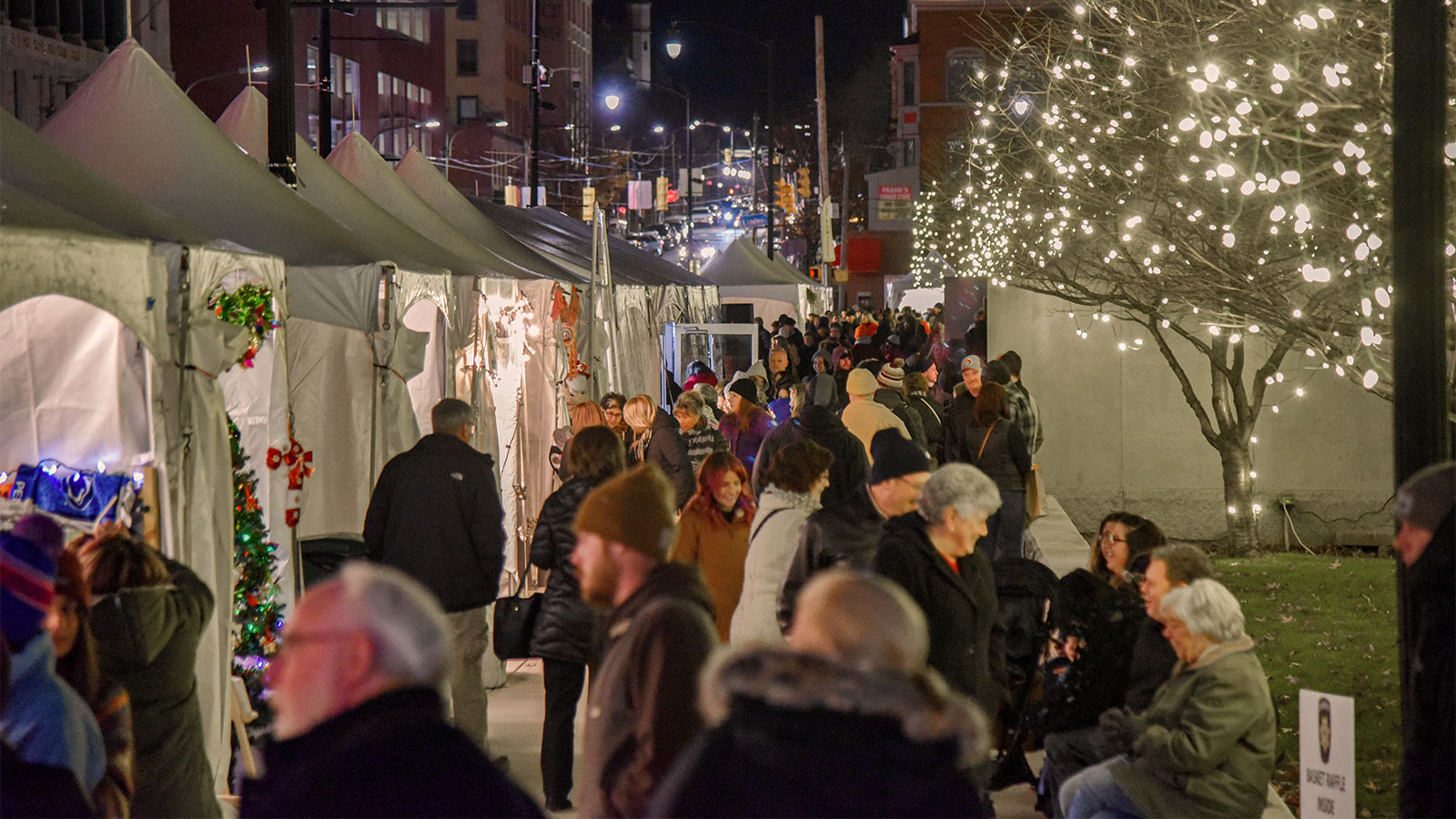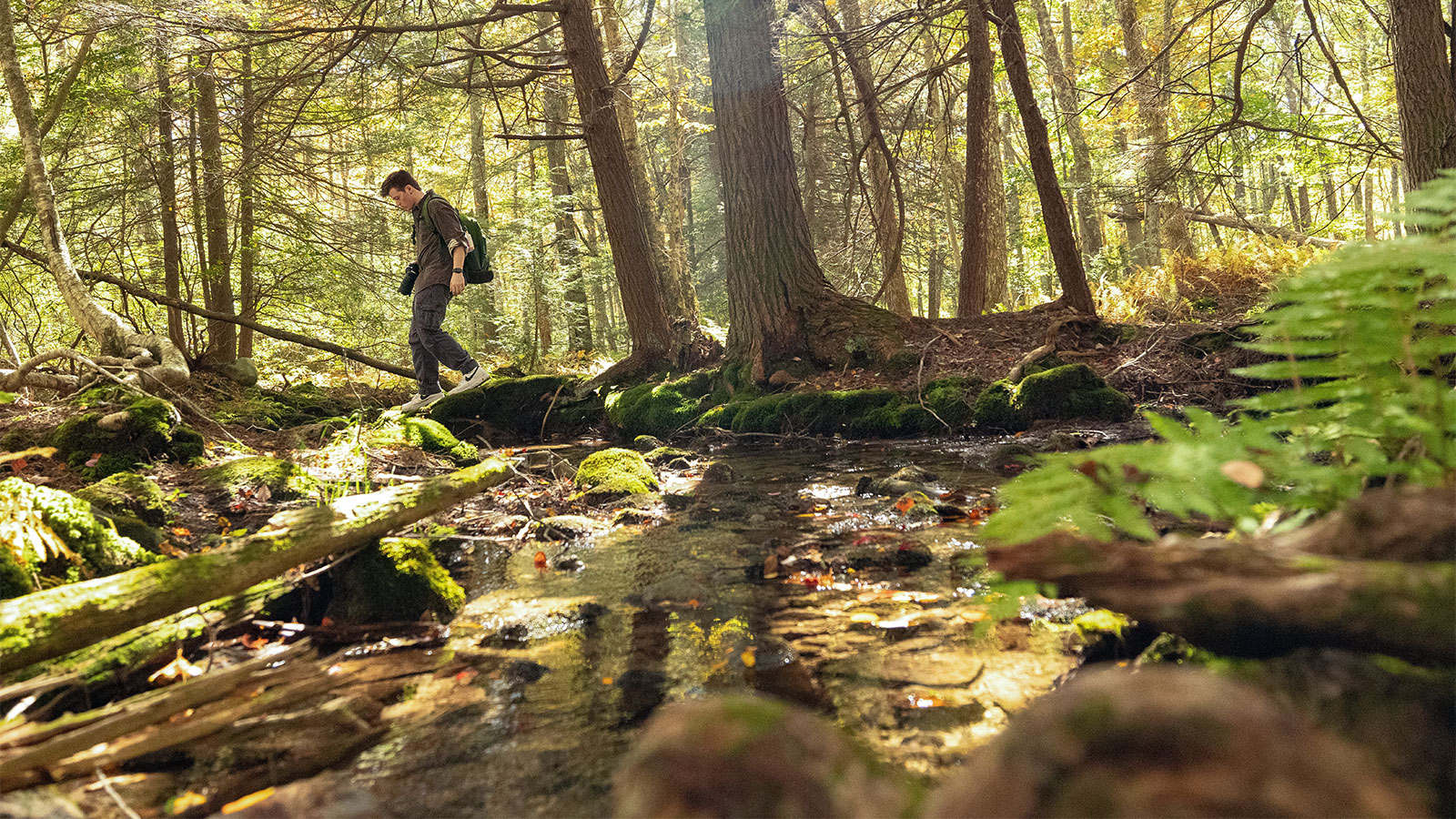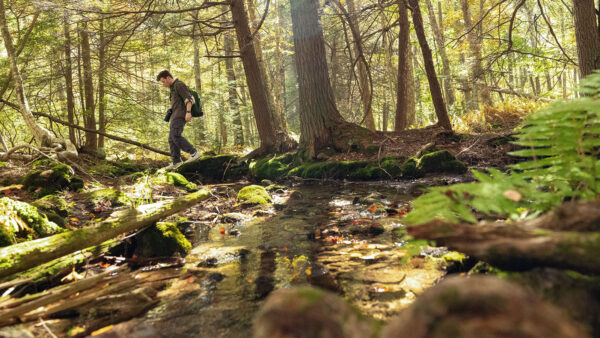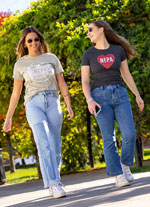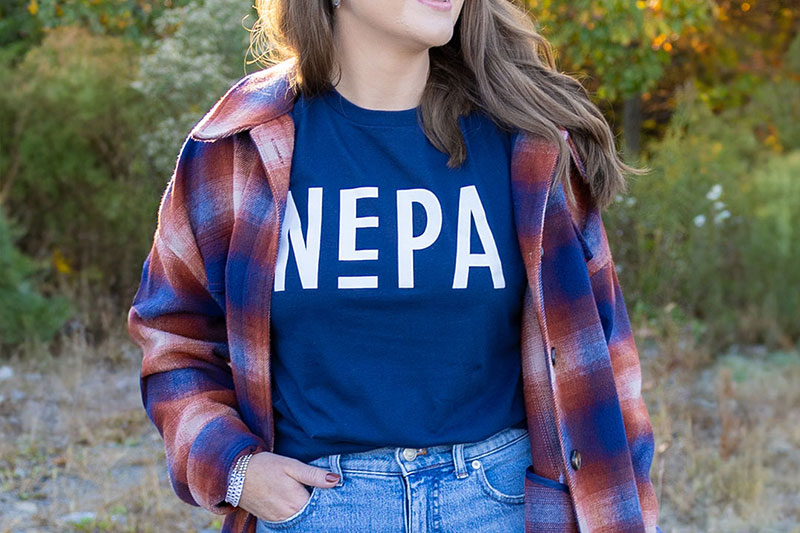Learn how to treat a bee sting and what symptoms to watch for.
It’s a picture-perfect day. The sun is shining, flowers are blooming and you can hear the buzzing of busy bees nearby. But then it happens — the painful pinch of a sting.
Bee stings are common in warmer months, but they don’t have to ruin your outdoor activities.
“For most people, it’s easy to treat bee stings at home,” says Richard T. Hale, DO, a Geisinger internal medicine doctor. “It’s all about managing the pain, swelling and itching and knowing the signs of a severe reaction.”
Here are the bee sting treatments worth buzzing about.
Symptoms of a sting
When a bee stings, it injects venom below the surface of your skin, leading to:
- Sharp, burning pain at the site
- A red welt or swelling around the area
- Itching
While honeybees usually leave behind their barbed stingers, bumblebees, wasps, hornets and yellowjackets don’t, meaning they can sting repeatedly if threatened.
How to treat a bee sting
Unless you’re allergic, most cases can be cared for at home. Dr. Hale recommends the following steps to treat bee stings and reduce pain and swelling:
- Remove the stinger as soon as possible. Using a flat, rigid object like a credit card, gently scrape the stinger out of the skin. If needed, you can use tweezers or your finger — how fast you remove the stinger is more important than how.
- Clean the area with soap and water. Washing the wound helps remove any residual venom and prevents infection.
- Apply ice. Apply an ice pack (or a bag of frozen veggies) for 10 minutes at a time to help reduce swelling and inflammation.
- Take over-the-counter pain medicine and/or antihistamines. Ibuprofen and acetaminophen can help alleviate any pain. Hydrocortisone cream or antihistamines can reduce swelling and itching.
“For most people, at-home bee sting treatments are enough, and the pain and swelling should get better within a few days,” explains Dr. Hale.
Do bee sting home remedies work?
While it’s tempting to try a trendy home remedy to treat bee stings, Dr. Hale says the research is limited.
“Lots of people swear by remedies like pastes made from baking soda and water, honey or apple cider vinegar, but there’s no concrete evidence to prove they work,” explains Dr. Hale. “Still, there’s usually no harm in trying them if you’re in a situation where access to over-the-counter treatments is limited, like while camping.”
Keep in mind, home remedies shouldn’t replace medical advice and attention. And if you have a severe reaction or allergy, it’s best to skip them entirely.
Signs a bee sting is an emergency
If you’re sensitive to bee venom, a sting could trigger a severe allergic reaction, or anaphylaxis. Get medical attention right away if you notice any of the following symptoms after a bee sting:
- Difficulty breathing, coughing or wheezing
- Severe swelling or hives that extend beyond the sting site
- Nausea or vomiting
- Diarrhea
- Dizziness or fainting
- Increased heart rate
“An allergic reaction can happen anywhere from a few minutes to a day after being stung,” says Dr. Hale. “Watch for these symptoms, especially in young children, older adults and people with weakened immune systems.”
If you suspect a severe reaction, visit your nearest emergency department as soon as possible. If you know you’re allergic and have an epinephrine injector, be sure to keep it on hand whenever spending time outdoors.
Even if you’re not allergic, Dr. Hale recommends visiting urgent care if you’ve been stung multiple times or around sensitive areas like your eyes, nose or mouth.
“You don’t want the swelling to prevent you from seeing or breathing. In those cases, you might need to treat bee stings with prescription-strength antihistamines or steroids,” says Dr. Hale.
Ways to prevent bee stings
You don’t have to avoid the great outdoors to avoid getting stung. These tips can help you “bee safe” during your next picnic, camping trip or barbeque:
Avoid wearing bright colors or scented products when outdoors
According to some studies, bees are more attracted to purples, blues and yellows, so keep that in mind when planning your outfit.
And, as nice as it is to smell like a fresh bouquet, consider skipping the perfume if you’ll be outside.
Keep food and drinks covered or in containers
If you’re planning a picnic or barbeque, keep your spread covered to avoid attracting bees. (Especially if you’re serving any sweet-smelling drinks, desserts or fruit.)
Be aware of your surroundings
If you’re visiting a garden or near flowering plants, there’s a good chance bees will be joining you. If you find a hive on your property, talk to a pest management service or local beekeeper about safely moving them.
Wear long sleeves and pants
You don’t have to wear a full beekeeper’s suit, but covering your arms and legs can help protect your skin from stings.
Don’t panic
While hornets and yellowjackets tend to be more aggressive, most bees are mild mannered. Staying calm and moving slowly can let bees know you aren’t a threat. If a bee lands on you, stay still and avoid swatting.
